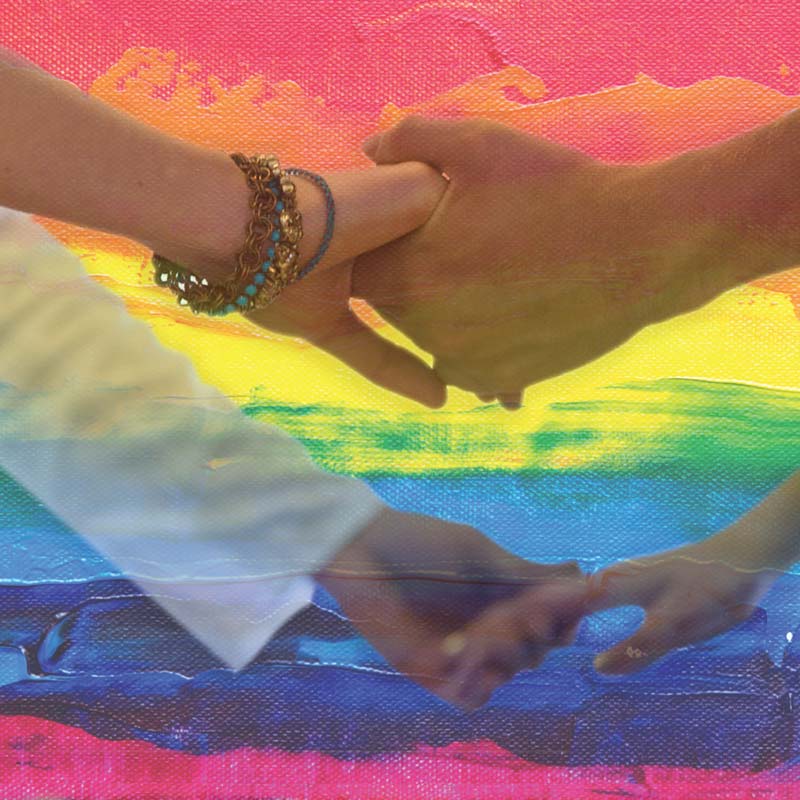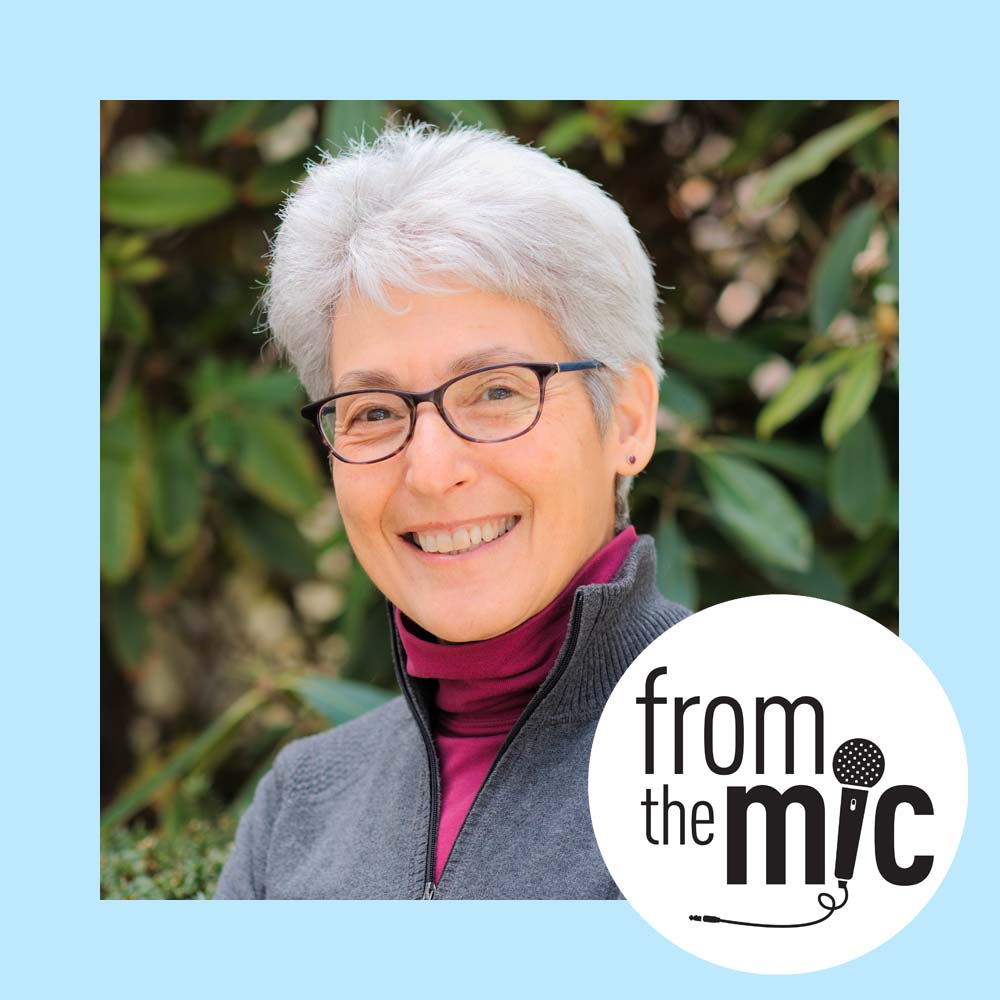In episode 10 of From the Mic, Mary interviews Chrissy Fowler. Chrissy co-founded a dance series in Belfast, Maine, which has evolved into a thriving participatory arts nonprofit—Belfast Flying Shoes. In her Flying Shoes bio, Chrissy describes herself as an organizer, leader, dancer and cheerleader. She likes to cultivate community by organizing fun stuff, including BFS programs and Puttin’ On the Dance, a conference for Northeast dance organizers.










 Thanks to the Massachusetts Cultural Council for their generous support.
Thanks to the Massachusetts Cultural Council for their generous support.